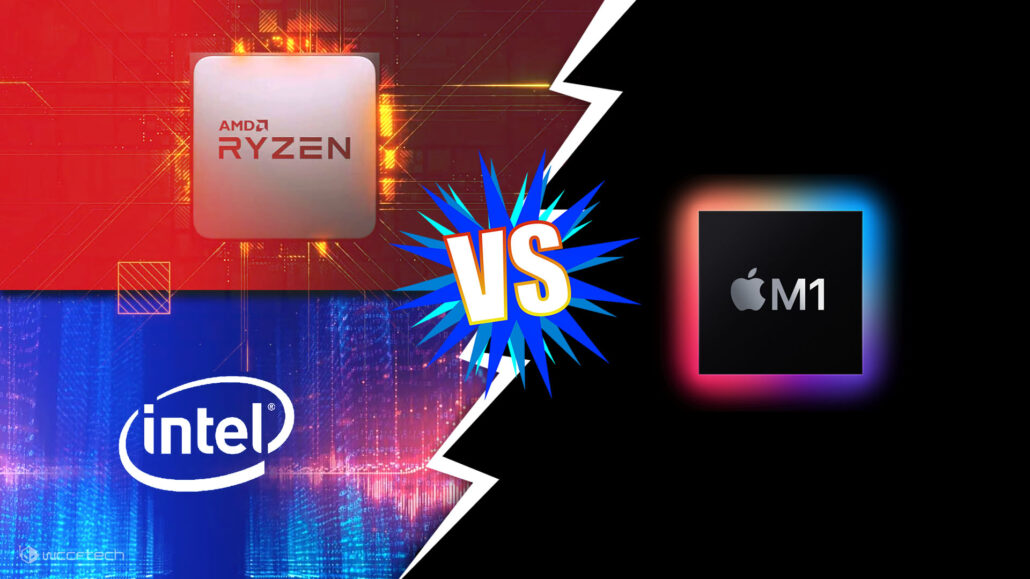
In today’s digital era, the processor is the beating heart of every device we use from smartphones and laptops to high-performance gaming rigs and data servers. As technology advances, the race to develop the world’s fastest processor has intensified, with three giants leading the charge: AMD, Intel, and Apple Silicon. Each brand is making bold claims and launching cutting-edge chips that promise unrivaled speed, efficiency, and performance. But which processor truly sits on the throne in 2025? Let’s dive into the specs, benchmarks, and innovations that define this fierce competition.
The Contenders: A Breakdown of the Big Three
1. AMD: Ryzen and EPYC Dominate in Performance
AMD has made a huge comeback in the last few years, with its Ryzen and EPYC lines shaking the industry. The latest flagship, Ryzen 9 7950X3D, features 16 cores and 32 threads, paired with AMD’s signature 3D V-Cache technology for superior gaming and multitasking performance.
- Clock Speed: Up to 5.7 GHz
- Process Node: TSMC 5nm
- Key Strength: High gaming performance, multi-core workloads, power efficiency
- Use Case: Gaming PCs, content creation, enthusiast systems
On the server side, EPYC Genoa chips are dominating cloud and data center markets with up to 96 cores per chip, setting records in multi-threaded performance.
2. Intel: Raptor Lake and Beyond
Intel, once considered the uncontested leader, has returned to the spotlight with its 13th Gen Raptor Lake and 14th Gen Meteor Lake CPUs. The Core i9-14900K stands as Intel’s flagship gaming and workstation chip, boasting blistering speeds and hybrid architecture.
- Clock Speed: Boosts up to 6.0 GHz (14900KS)
- Process Node: Intel 7 (10nm Enhanced SuperFin)
- Key Strength: Single-threaded performance, integrated graphics, mature ecosystem
- Use Case: Gaming, productivity, enterprise desktops
Intel’s continued refinement of its Performance + Efficiency core architecture allows it to balance speed with power draw, especially for mainstream consumers and professionals.
3. Apple Silicon: ARM Power in Mac Form
Apple shook the industry with the release of Apple Silicon, starting with the M1 and now progressing to the M3 Ultra. Based on ARM architecture, these chips combine high efficiency with impressive real-world performance across macOS devices.
- Clock Speed: ~3.7 GHz (est. for M3 Ultra, but performance is system-optimized)
- Architecture: ARM 3nm (TSMC)
- Key Strength: Unified memory, energy efficiency, integrated GPU and NPU
- Use Case: MacBooks, iMacs, Pro workstations
Though Apple’s chips aren’t leading in raw GHz or core counts, their optimized performance per watt and tight hardware-software integration allow M3 Ultra chips to rival x86-based counterparts in video editing, rendering, and AI tasks.
Other Considerations: Ecosystem, Cost, and Upgradability
- AMD: Offers great value and backwards compatibility with AM5 sockets. Ideal for upgraders and builders.
- Intel: Reliable and fast, but often requires new motherboards for newer generations.
- Apple: Premium pricing and closed ecosystem. No upgrade path, but delivers seamless macOS performance.
Conclusion
The race for the world’s fastest processor is more competitive than ever, and each PEH888 ลิงก์ brand brings something unique to the table. Intel currently leads in raw clock speeds, AMD offers top-tier multi-threaded performance and efficiency, and Apple excels in real-world application and battery-optimized performance through its M-series chips.
Who wins? It depends on your needs:
- For gaming and enthusiasts, AMD and Intel are neck-and-neck.
- For creative professionals and mobility, Apple Silicon shines.
- For data centers and multi-core dominance, AMD’s EPYC line is unmatched.
As innovation continues, the battle between AMD, Intel, and Apple will only get fiercer and that’s a win for everyone who loves faster, smarter computing.